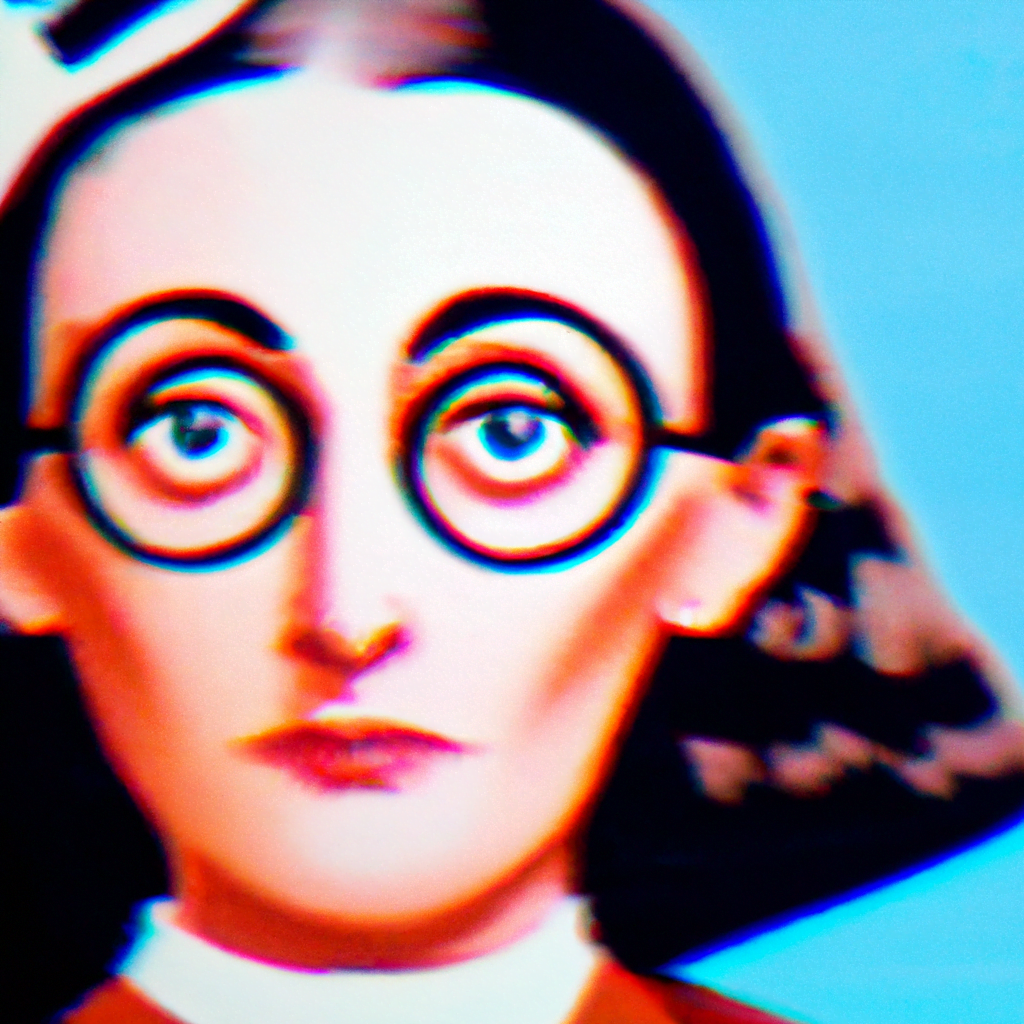AI-Generated Art and its Influence on Graphic Design
Artificial Intelligence (AI) has revolutionized various industries, and the world of graphic design is no exception. With the advent of AI-generated art, designers now have access to powerful tools that can assist in creating unique and visually stunning designs. This article explores the influence of AI-generated art on graphic design, examining its benefits, challenges, and potential future implications.
The Rise of AI-Generated Art
In recent years, AI has made significant advancements in the field of art. Generative Adversarial Networks (GANs), a type of AI algorithm, have been at the forefront of this revolution. GANs consist of two neural networks: a generator and a discriminator. The generator creates new content, such as images or music, while the discriminator evaluates the generated content for authenticity. Through an iterative process, GANs learn to produce increasingly realistic and creative outputs.
One notable example of AI-generated art is “Portrait of Edmond de Belamy,” created by the French art collective Obvious. This artwork, generated using a GAN, was sold at auction for a staggering $432,500 in 2018. This event marked a significant milestone in the recognition and acceptance of AI-generated art in the art world.
The Benefits of AI-Generated Art in Graphic Design
AI-generated art offers several benefits to graphic designers, enhancing their creative process and expanding their design possibilities. Some of the key advantages include:
- Inspiration and Idea Generation: AI algorithms can analyze vast amounts of data and generate unique design ideas. By exploring different styles, color palettes, and compositions, designers can find inspiration and discover new creative directions.
- Efficiency and Time Savings: AI tools can automate repetitive tasks, such as resizing images or creating variations of a design. This allows designers to focus on more complex and creative aspects of their work, saving valuable time and increasing productivity.
- Enhanced Collaboration: AI-generated art can facilitate collaboration between designers and AI algorithms. Designers can provide input and guidance to the AI system, which can then generate design options based on their preferences. This collaborative approach can lead to innovative and unexpected design solutions.
- Personalization and Customization: AI algorithms can analyze user data and preferences to create personalized designs. This level of customization can greatly enhance user experiences, whether it’s through tailored advertisements, personalized product packaging, or unique website designs.
Challenges and Ethical Considerations
While AI-generated art offers numerous benefits, it also presents challenges and raises ethical considerations within the field of graphic design. Some of the key challenges include:
- Originality and Copyright: AI algorithms learn from existing data, which raises questions about the originality and ownership of AI-generated designs. Determining the legal and ethical boundaries of AI-generated art can be complex, as it blurs the line between human creativity and machine-generated content.
- Loss of Human Touch: AI-generated art, by its nature, lacks the human touch and emotional depth that traditional art often possesses. While AI algorithms can mimic certain styles and techniques, they may struggle to capture the subtleties and nuances that make human-created art unique.
- Dependency on Algorithms: Relying heavily on AI algorithms for design decisions can lead to a loss of creative autonomy for designers. It is crucial to strike a balance between leveraging AI tools and maintaining the designer’s creative vision and expertise.
- Unintended Biases: AI algorithms are trained on existing data, which can contain biases and perpetuate stereotypes. When using AI-generated art, designers must be mindful of these biases and ensure that their designs promote inclusivity and diversity.
The Future of AI-Generated Art in Graphic Design
The future of AI-generated art in graphic design is promising, with several exciting possibilities on the horizon. As AI algorithms continue to improve, we can expect to see:
- Advanced Design Assistance: AI tools will become even more sophisticated in assisting designers throughout the creative process. From generating initial design concepts to providing real-time feedback and suggestions, AI will act as a valuable design partner.
- Hyper-Personalization: AI algorithms will enable designers to create highly personalized designs tailored to individual users. This level of customization will enhance user experiences and drive engagement.
- Augmented Creativity: AI-generated art will augment human creativity, pushing the boundaries of what is possible. Designers will be able to explore new styles, experiment with unconventional compositions, and create truly unique and innovative designs.
- Automated Design Production: AI algorithms will automate the production of design assets, such as resizing images, optimizing layouts, and generating design variations. This will streamline the design process and enable designers to focus on higher-level creative tasks.
Conclusion
AI-generated art has had a profound influence on graphic design, offering designers new tools and possibilities. From inspiring creativity to enhancing efficiency and personalization, AI has become an invaluable asset in the design process. However, it is essential to navigate the challenges and ethical considerations associated with AI-generated art, ensuring that it complements and empowers human creativity rather than replacing it. As AI continues to evolve, the future of AI-generated art in graphic design holds immense potential for innovation and collaboration between humans and machines.
